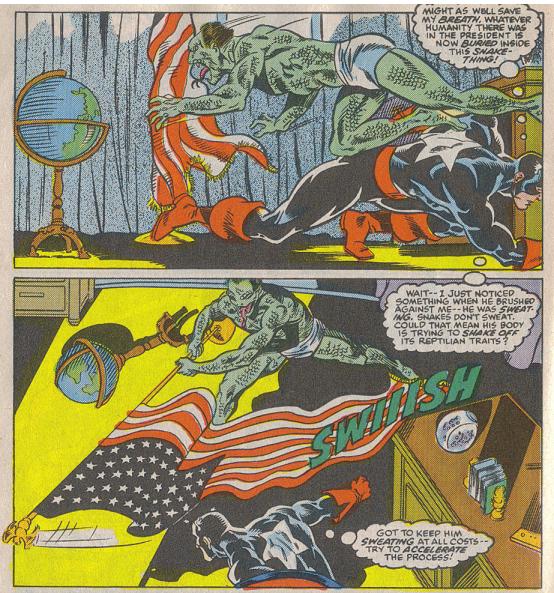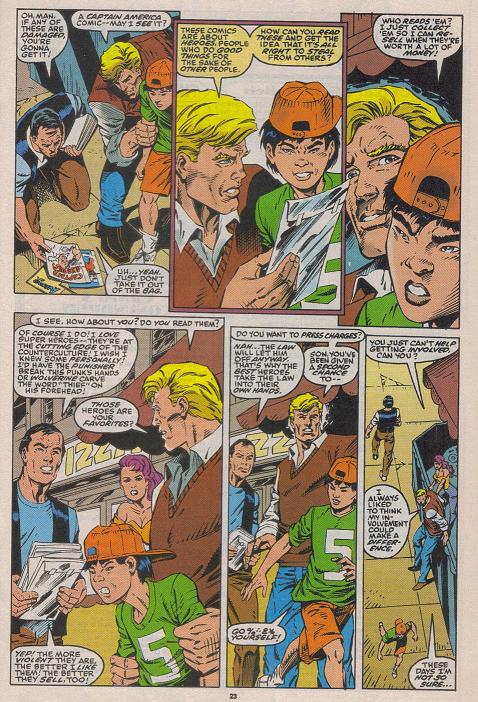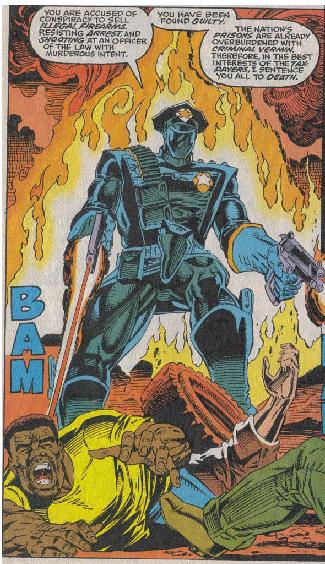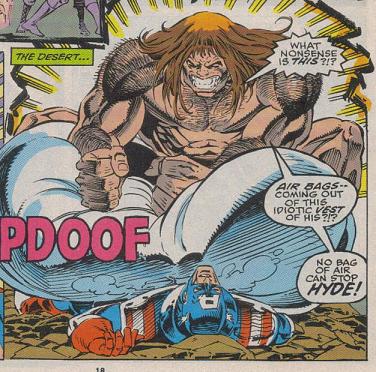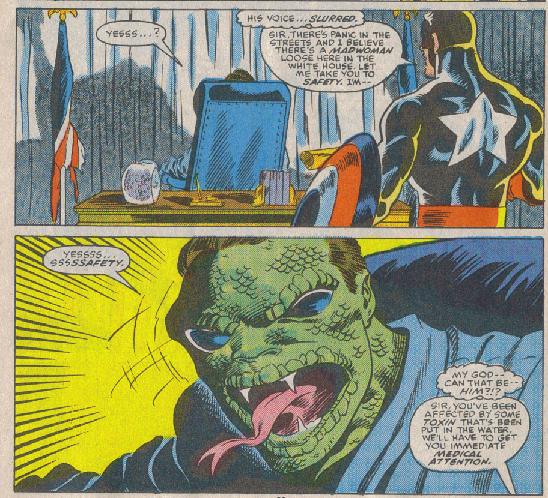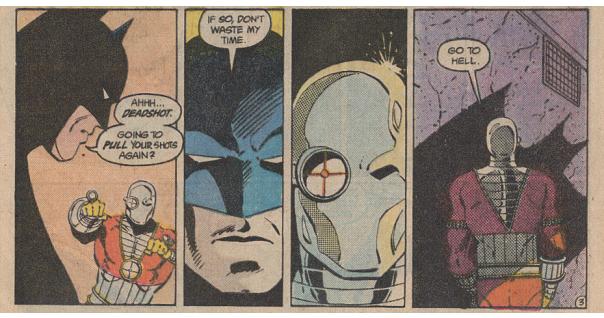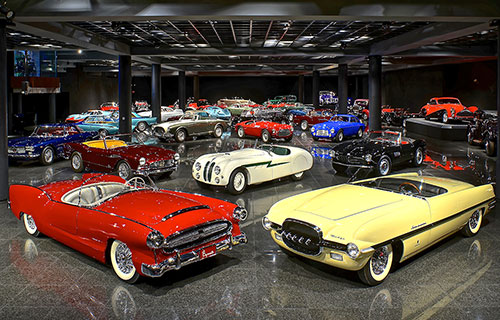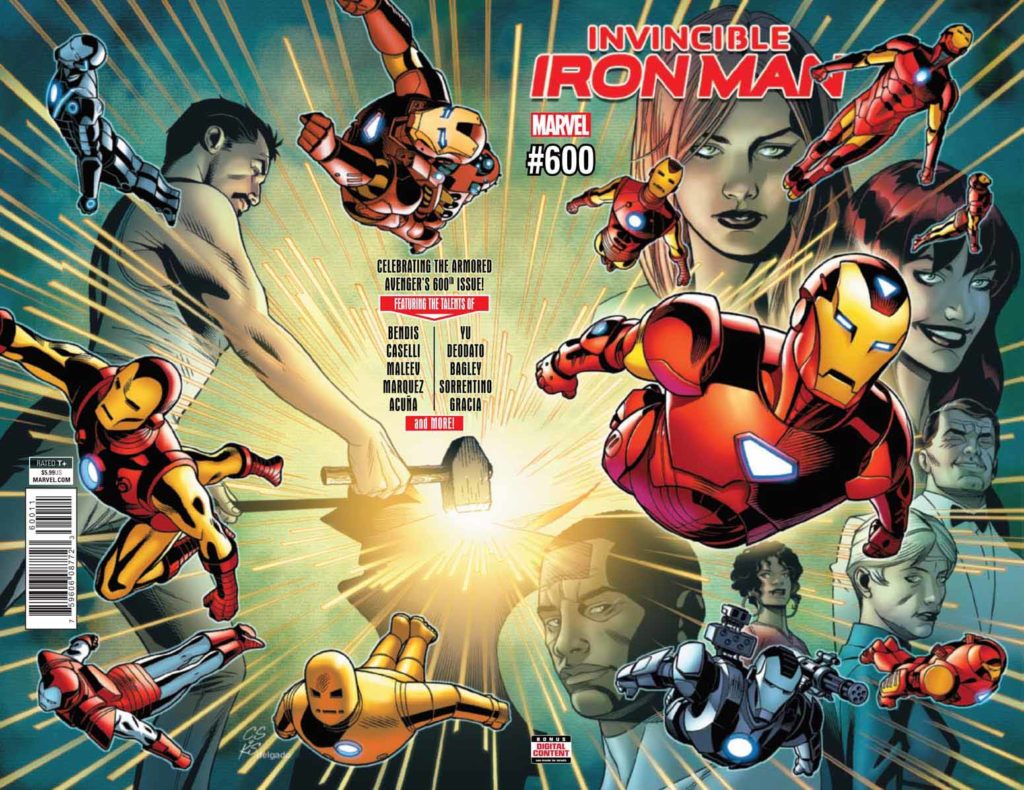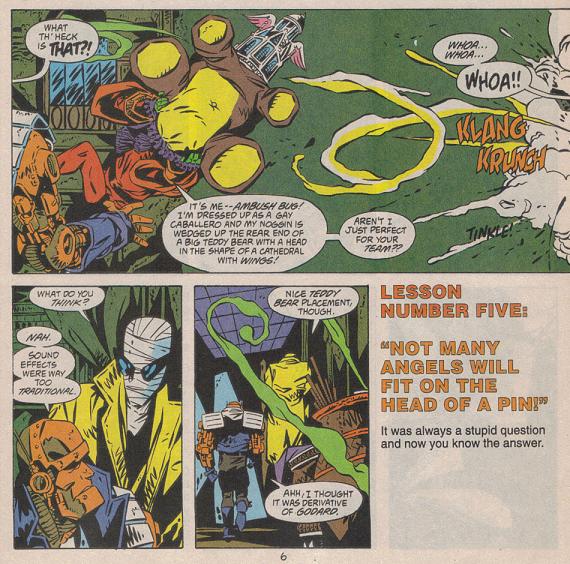Best Sex Websites 2024 for Free Sex Videos and Hookups
Any person who once in a while stumbles on porn on the internet is in search of top-rated sex websites. Be it free porn videos, live sex cams, or casual hookups; this guide is about to get you covered with all of that in one place.
Key Takeaways
From top Sex Web Sites like Beeg.com and PornHub for an overall extensive library of free, high-quality porn videos, to niche sites like Masseurporn.com, unique themed content is available.
On the note of live activities are the sex cam sites, such as Jerkmate and LiveJasmin, offering customization and quality performance; at MyFreeCams, group shows are free.
Dating and hookup apps like Tinder, Bumble, and Grindr help it very easy for a person to hook up with someone, thanks to filters by location and some privacy features that ensure speed and safety.
Best Sex Sites to Watch Free Porn Videos
The internet is literally filled with all kinds of free porn videos; not all porn sites, however, are created equal. Among them, some have huge libraries, high-quality content, and friendly functionality. One of the websites is Beeg.com. It has a huge database of short HD porn videos and a large collection of high-quality sex videos. Beeg has an intuitive interface that makes it really easy to navigate to the desired content, be it simply a quick clip or the whole scene.
PornHub, another evident heavyweight in the world of free porn, has several varieties of content, including categories such as “amateurs”, “big asses,” and “blowjobs.” Its vast library and offering of both professional and amateur types of videos make it a leaning point for most users. To serve more sophisticated requirements, Xcums avails free, high-quality Brazzers Porn Videos to enable one to have class content without the costs that go with such quality.
If storylines or thematic content are your thing, then you should definitely check out Masseurporn.com. The site specializes in massage sessions that end up in sex, offering quite a different spin on mainstream porn. These porn sites will keep you supplied with free porn videos to back up your finds.
Best Free Sex Cams Sites
The popularity of sex cams has increased, offering something a bit more interactive than regular porn vids. On that, Jerkmate really shines, allowing users to sift through models based on gender, kink, and body type—to get really specific about your perfect match. Makes for a tailored experience to have Jerkmate at the top of many a cam fan’s lists.
Another top challenger, LiveJasmin, comes with ravishing cam models and really cool, high-quality performances. If it’s in the clearness of pricing, BongaCams has a token system right within the payment structure so that you will always know exactly what you’re paying for. These are but a few little features to let you really enjoy free sex cams much more, without hidden surprises.
MyFreeCams is completely free to see their shows, and therefore, with no provision of private chat, this site is excellent for users who love group interactions. Babestation is the largest UK cam site, and one can watch its shows for free, hence adding to your great list of sex websites.
Sites like SlutRoulette add another cool feature to these cam shows with their random video chat functions, making your viewing experience a little surprising. You will discover a high diversity of European models and unique kinks on XCams, if that’s the kind of stuff that turns you on. There are so many options out there that you shall definitely find the right cam site for your desire.
High-End Porn Sites That Are Actually Worth Spending Your Money On
While free porn videos are very tempting, sometimes it really pays off to spend a bit of money for premium content. Also, sites such as this offer exclusive, really high-quality videos with famous pornos stars and various niches. Leading the list in terms of the premium porn industry, Brazzers offers great quality content along with popular performers. For similar high-energy, slickly produced porn, BangBros is another excellent choice.
Vixen is known for its cinematic quality and pretty content. Hence, it caters mostly to people who pay a lot of attention to production quality. Then, TeamSkeet outrightly specializes in youthful, energetic performers and offers this with a premium porn twist.
On the other hand, some other very notable mentions would be Digital Playground—the largest and oldest premium porn studio—known for extremely high production values in their titles. Reality Kings has been a leading name for nearly two decades, with huge diversity in different niches and high production values. If high-end adult entertainment is what you are looking for, these premium sites justify every penny spent.
Popular Casual Sex Apps for Hookups
Casual dating apps have redefined the way we meet our potential partners. Among other casual dating apps, Tinder managed to maintain a leading position when it came to hookups, flirty messaging, and even long-term relationships. Due to its swipe-right feature and user-friendly interface, the application helps a user find matches pretty quickly; thus, it is regarded as the best app to look out for casual interactions and hookups.
On the other hand, what sets Instafuck.com apart is that it gives women power over the initiative, and the matches would expire within 24 hours if not instigated. Certainly, with this feature, Instafuck.com does place the element of rapid communication fore and makes it special to users who need an instant connection.
OkCupid has in-depth profiles followed up with a match percentage based on a series of questions, mitigating the pitfalls of Tinder for a much more thorough way to online date. It’s thrown in more or less the same swiping model as Tinder, but robust profiles make it so much more suitable for those searching for something more meaningful than a fuck-buddy.
Well, Happn is just the thing for people looking to meet within their local area. It is a dating app designed to match users with people in their proximity. Thus, it becomes easier to plan impromptu meetups. Be it a quick hookup or a long-term relationship, these dating apps have got you covered.
Best Online Dating Sites for Casual Encounters
Online dating sites offer a very good platform for finding casual meetings that best fit your taste. One of the popular online dating websites among kinksters is FetLife, which acts as a center for people into BDSM and fetishes. Since it is a niche site, the chances of finding people who share the same thoughts are pretty high.
Happn is another alternative that really targets matching people with those around them. This proximity-based approach therefore increases the chances of instant meetups and casual encounters.
OkCupid is all about the free dating experience and full, fleshed-out profiles, complete with a personality test to pair you with compatible partners. While those looking to hook up online, escalating into sexual encounters, can find what they’re looking for in Hookup Hotshot, these present diverse options for one looking to get laid online.
a. How to Find Local Hookups Near You
Geolocation-based search filters in hookup apps make experimental local hookups less of a hassle than ever before. You can set up a travel radius to partake in potential partners, which brings the most local ones into your view. This feature is incredibly convenient for those seeking spontaneous connections.
Filters on hookup sites will help you pick preferences such as age, interests, and physical appearance that will bring out maximum compatible matches. If you are paying attention to the nearby profiles that fit your criteria, you are increasing the potential for quick connections in Molalla to ensure that you get your local hookups done efficiently.
User-Friendly Fuck Apps for Quick Hookups
For people looking to hook up quickly and casually, user-friendly hookup apps really are a godsend. The easiest to use and most populated is usually Tinder, so it ordinarily takes the lead for quick hookups. Bumble also offers free text, voice, and video chat, really helping in getting laid quickly.
Grindr is exclusively for queer men and uses location-based matching to ensure fast, casual connections. Pure, on the other hand, calls itself a platform for no-strings-attached, anonymous hookups; it has specially designed features like self-destructing messages for privacy.
These apps—notably including the very controversial fuck app—are designed for those in the market to get laid with as little hassle as possible. From Tinder’s huge user base to unparalleled style from Bumble, no-names from Pure—there’s a dating app to keep you company.
Free Sex Movies: Browse Tube Sites
Tube sites are capable of providing an abundance of free sex movies ranging from genres to niches. For example, PornHub is one of the largest free porn sharing sites with over 11 million videos. With its huge library, there’s a wide array of categories that ensure something for everyone.
In regard to top porn sites, XVideos supplies HD and full-length porn videos, thus it is world-renowned. XHamster comes in third as the most visited porn site in the world, basing on its large video collection.
Worth mentioning also is XNXX, with more than three billion video views, placing these porn sites at the very top of the internet. Eporner proclaims itself as ‘The World’s Biggest HD Porn Tube’—a huge collection of top-notch videos.
These tube sites are, much more specifically referred to as a tube site, is a haven of adult entertainment with endless hours of adult fun, filled with free porn vids that will just turn on horny women, sexy girls, hot girls, and men alike on this sex website.
Adult Forums and Communities
Adult forums and communities provide space for user dialogues regarding explicit content and other adult-related issues. One such famous forum to discuss movie-related topics or explicit scenes is MSSBoard.com. The site has sections for unsimulated and explicit scenes from movies, series, web series, and shorts.
The forum on MSSBoard.com also shares topics on hard nudity in mainstream film. Some forums like these allow similar-minded persons to express interests and have meaningful conversations over adult content.
Safety Tips for Using Sex Websites
The most important factor for one when surfing sex websites is safety. One should never give out their personal information, such as social security numbers, bank information, and addresses, with a person whom they may have never had the chance to meet in their lives. This measure helps safeguard your identity and personal security.
Never respond to pleas for money, especially from someone with whom you have met online. Frauds most often target lonely people who appear on adult boards and dating sites, so be aware of your surroundings. Think about authenticating the video chat with your matched companion just to check if it’s indeed him or her whom you have been talking to. This little action can prove that, indeed, who you are talking to is the same one on the other end.
Finally, block and report suspicious people to help keep the community safe. Make sure to follow these safety tips to ensure yourself an enjoyable online experience that has reduced risks.
Summary
This all-inclusive guide has gone through the kaleidoscope of sex websites, from the top free porn videos to the staying power premium porn sites. We drew back the curtains on some of the best sex cam sites available and popular dating apps for casual hookups, just so we can give you as many options as possible. Whether you’re hunting down free sex movies on tube sites or simply trying to get laid locally, there’s a site dedicated to hooking you up.
Remember, as great ways to spend your time to entertain or connect with other adults, always respect your safety first. So following the advice of the safety tips in mind, you can ensure yourself about having a fulfilled online experience that will be safe. Explore, enjoy and always be safe!
Frequently Asked Questions
What are the best websites to watch free porn videos?
Beeg.com and PornHub should be definitely recommended about free porn videos, since they have big databases and a huge variety of categories. Happy browsing!
Are there free sex cam sites?
Yes, some free sex cam websites like Jerkmate and MyFreeCams have shows completely free. Check them out!
Which premium porn sites are worth paying for?
Check out premium pornography websites such as Brazzers and Vixen; very often they have high quality, exclusive content of popular porn stars and cinema quality, they’re well worth the cash if you want top-notch material.
Which dating apps are best for casual hookups?
Tinder is probably the most popularly used dating app for casual hookups due to its ease of use and high popularity, while Bumble is also an awesome option, mainly because it allows women to be in charge of making the first proper move.
How can I find a local hookup near me?
Activate the location-based search filters on hookup apps. Set up a travel radius, and then get zeroed in on profiles around you, including those that fit your criteria and hence would help in quicker connections. Happy hooking up!
